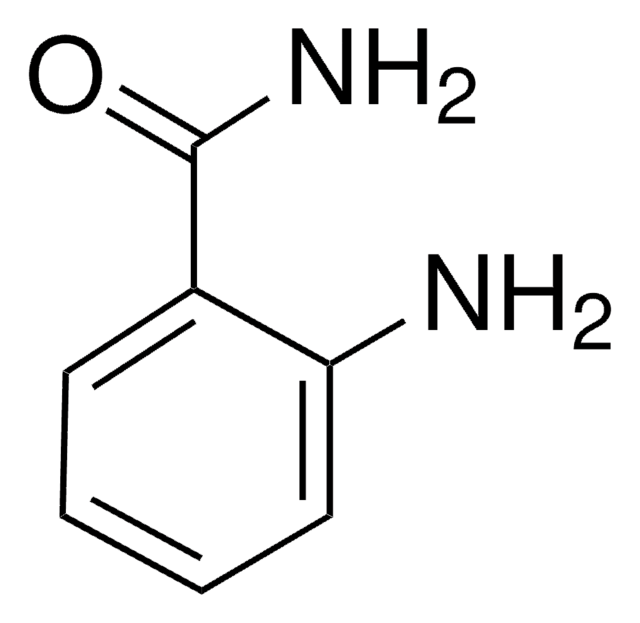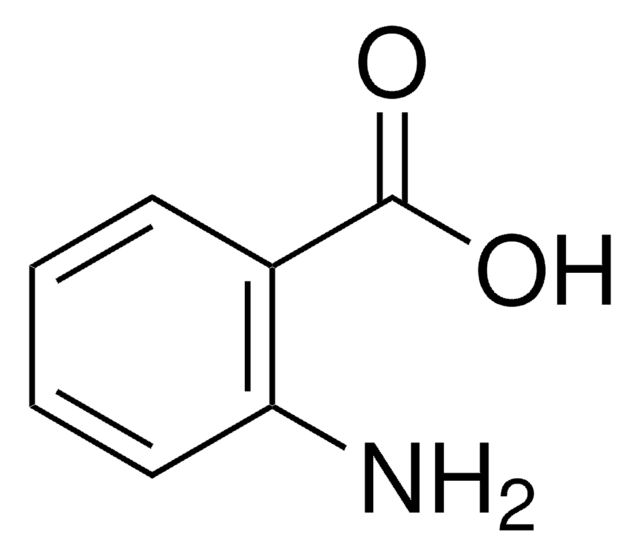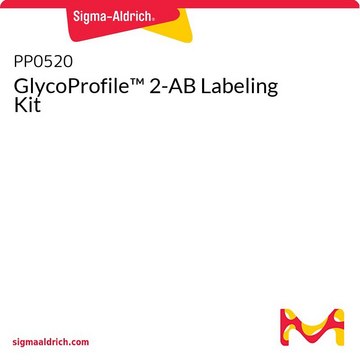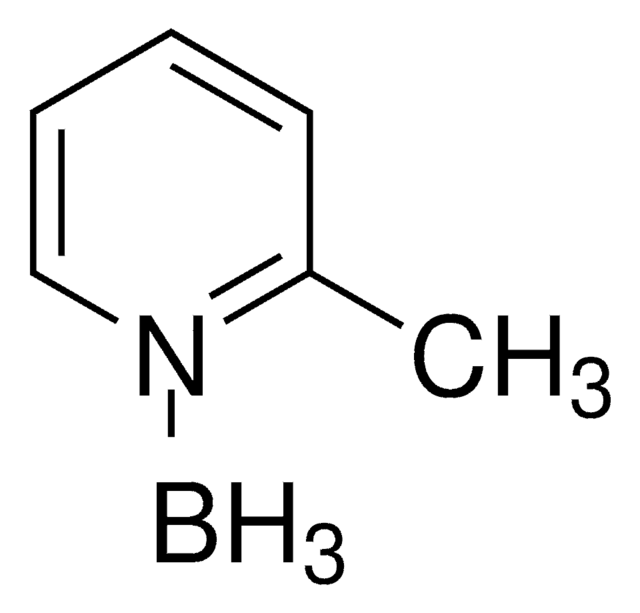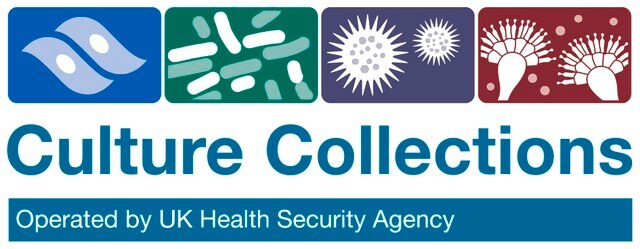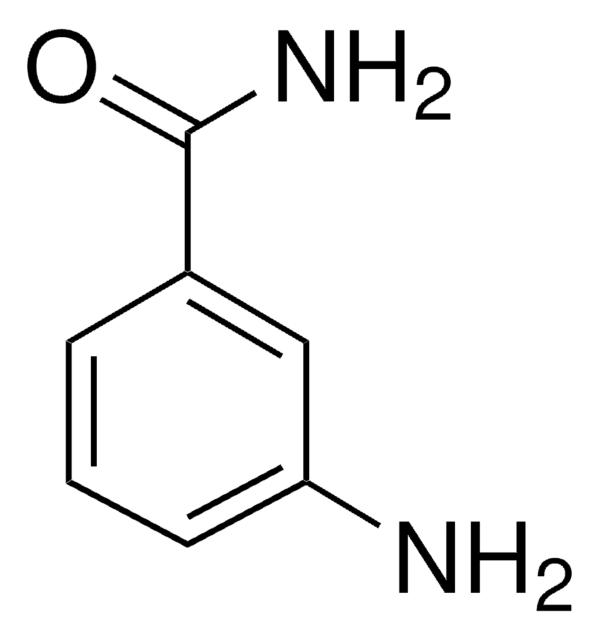A89804
Anthranilamide
≥98%
Sinonimo/i:
2-AB, 2-Aminobenzamide, Anthranilic acid amide
About This Item
Prodotti consigliati
Saggio
≥98%
Forma fisica
crystals
Punto di fusione
111-113 °C (lit.)
Fluorescenza
λex 330 nm; λem 420 nm(lit.)
Stringa SMILE
NC(=O)c1ccccc1N
InChI
1S/C7H8N2O/c8-6-4-2-1-3-5(6)7(9)10/h1-4H,8H2,(H2,9,10)
PXBFMLJZNCDSMP-UHFFFAOYSA-N
Cerchi prodotti simili? Visita Guida al confronto tra prodotti
Categorie correlate
Applicazioni
Prodotti correlati
Avvertenze
Warning
Indicazioni di pericolo
Consigli di prudenza
Classi di pericolo
Eye Irrit. 2
Codice della classe di stoccaggio
11 - Combustible Solids
Classe di pericolosità dell'acqua (WGK)
WGK 1
Punto d’infiammabilità (°F)
>365.0 °F
Punto d’infiammabilità (°C)
> 185 °C
Dispositivi di protezione individuale
dust mask type N95 (US), Eyeshields, Faceshields, Gloves
Scegli una delle versioni più recenti:
Possiedi già questo prodotto?
I documenti relativi ai prodotti acquistati recentemente sono disponibili nell’Archivio dei documenti.
I clienti hanno visto anche
Articoli
Glycosylation is known to have profound influence on various physiochemical, cellular and biological functions of proteins. Alterations in this modification are known to affect the immune system and have been associated with various pathological states such as cancer, rheumatoid arthritis, and inflammatory diseases.
Mass Spectrometry of Glycans, method comparison and products
Structural modifications of proteins are essential to living cells. When aberrantly regulated they are often the basis of disease. Glycans are responsible for much of the structural variation in biologic systems, and their representation on cell surfaces is commonly called the “glycome.”
Protocolli
Mass Spectrometry of Glycans
Il team dei nostri ricercatori vanta grande esperienza in tutte le aree della ricerca quali Life Science, scienza dei materiali, sintesi chimica, cromatografia, discipline analitiche, ecc..
Contatta l'Assistenza Tecnica.